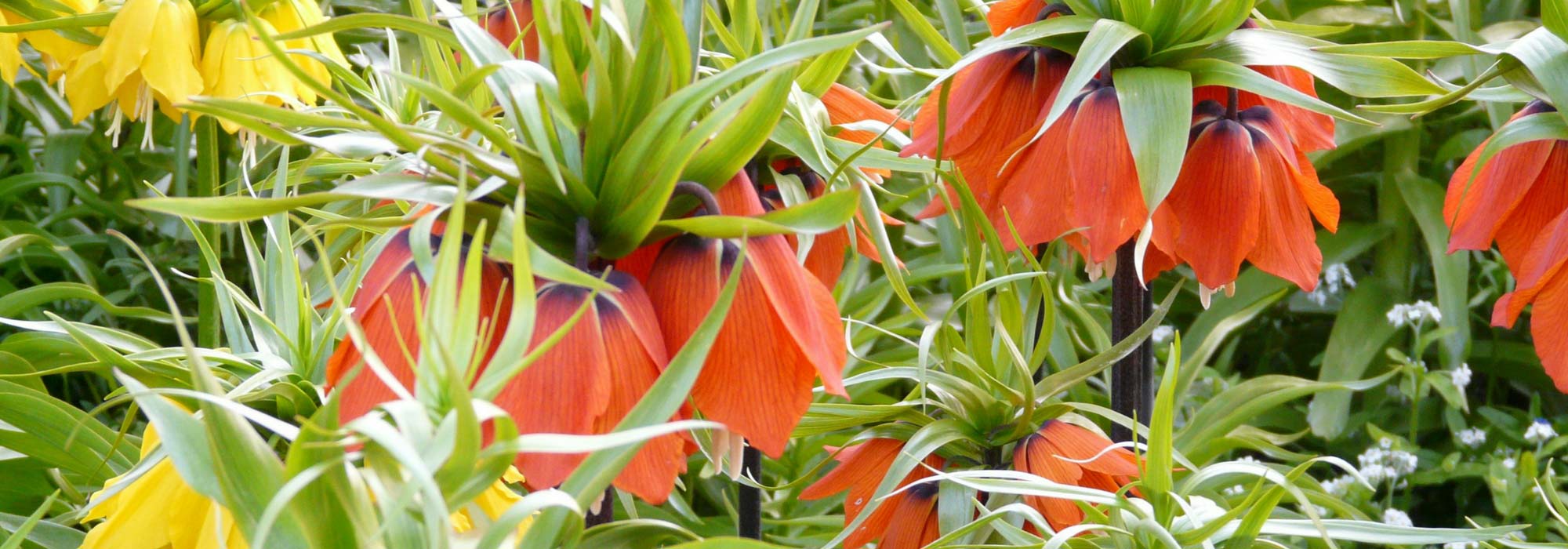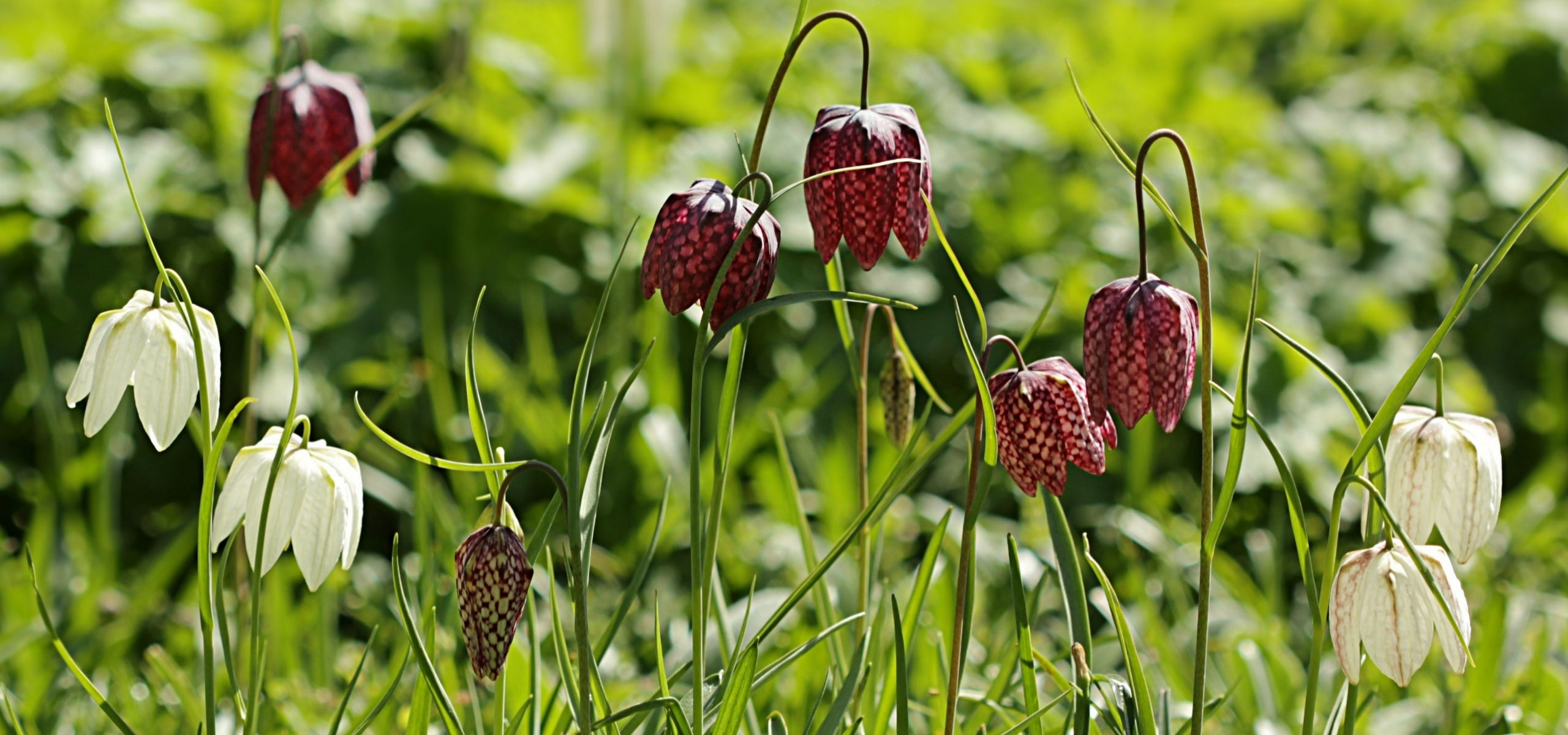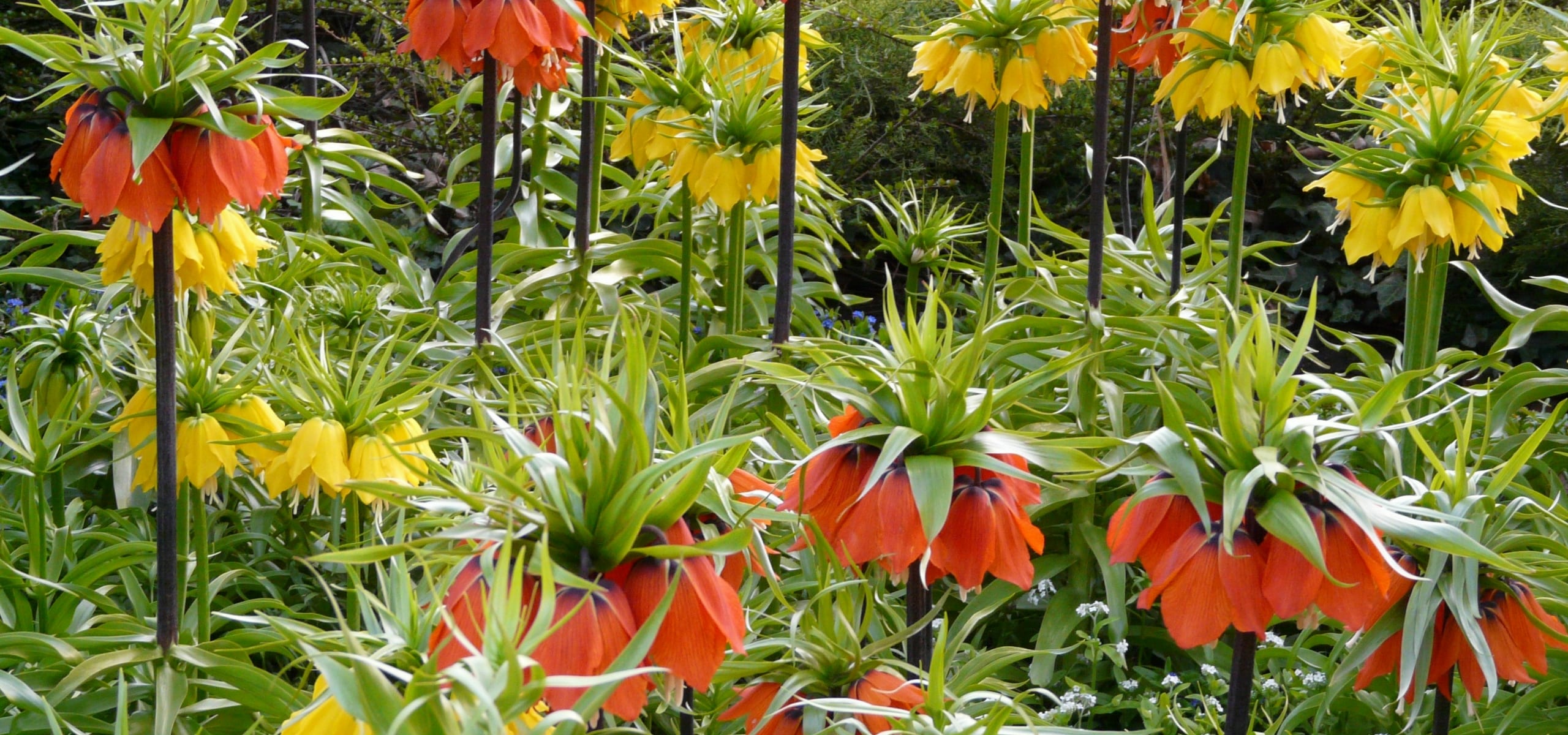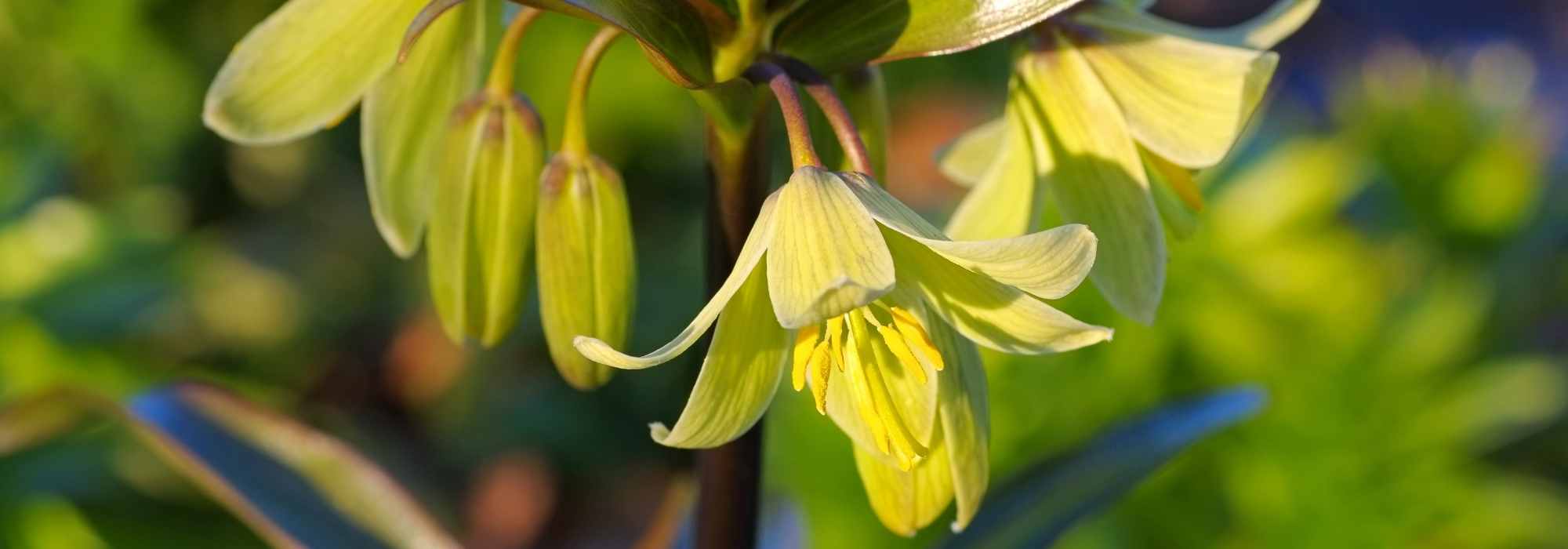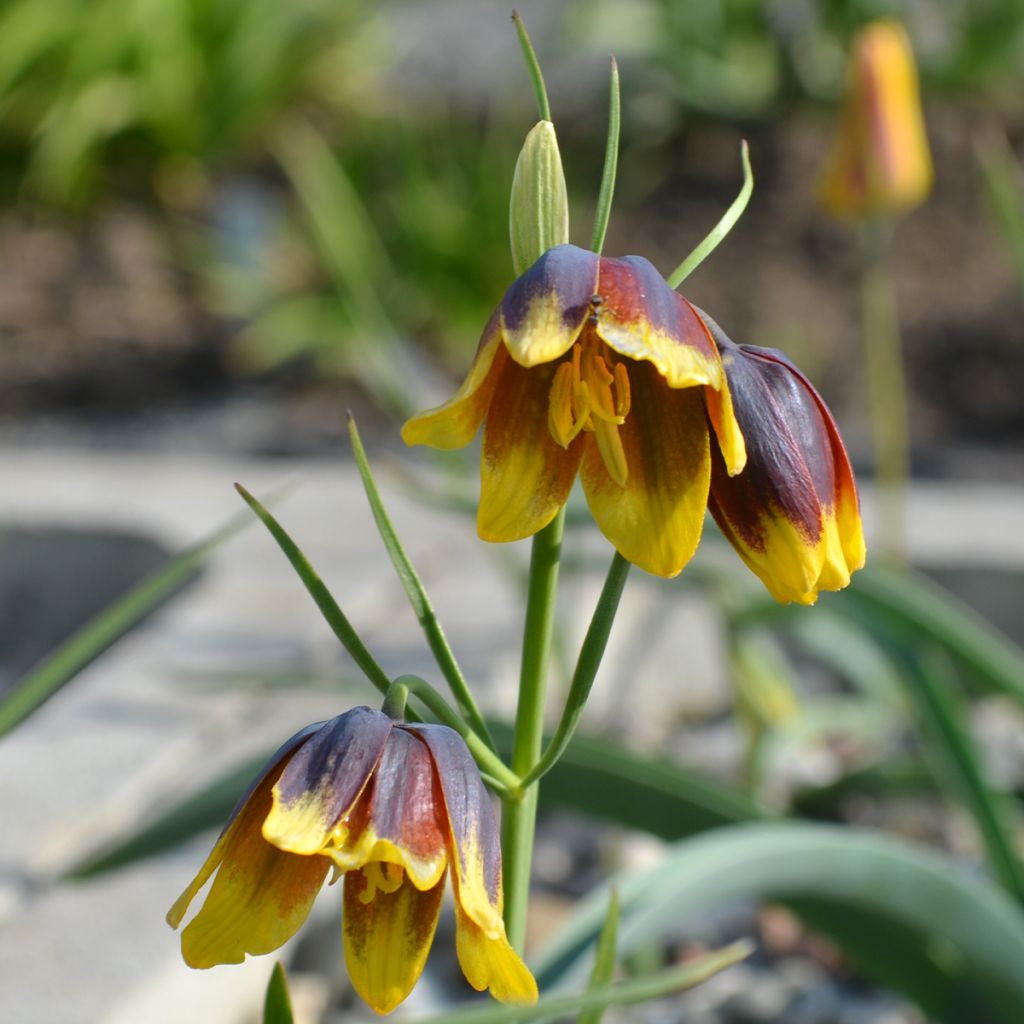

Fritillaire - Fritillaria reuteri
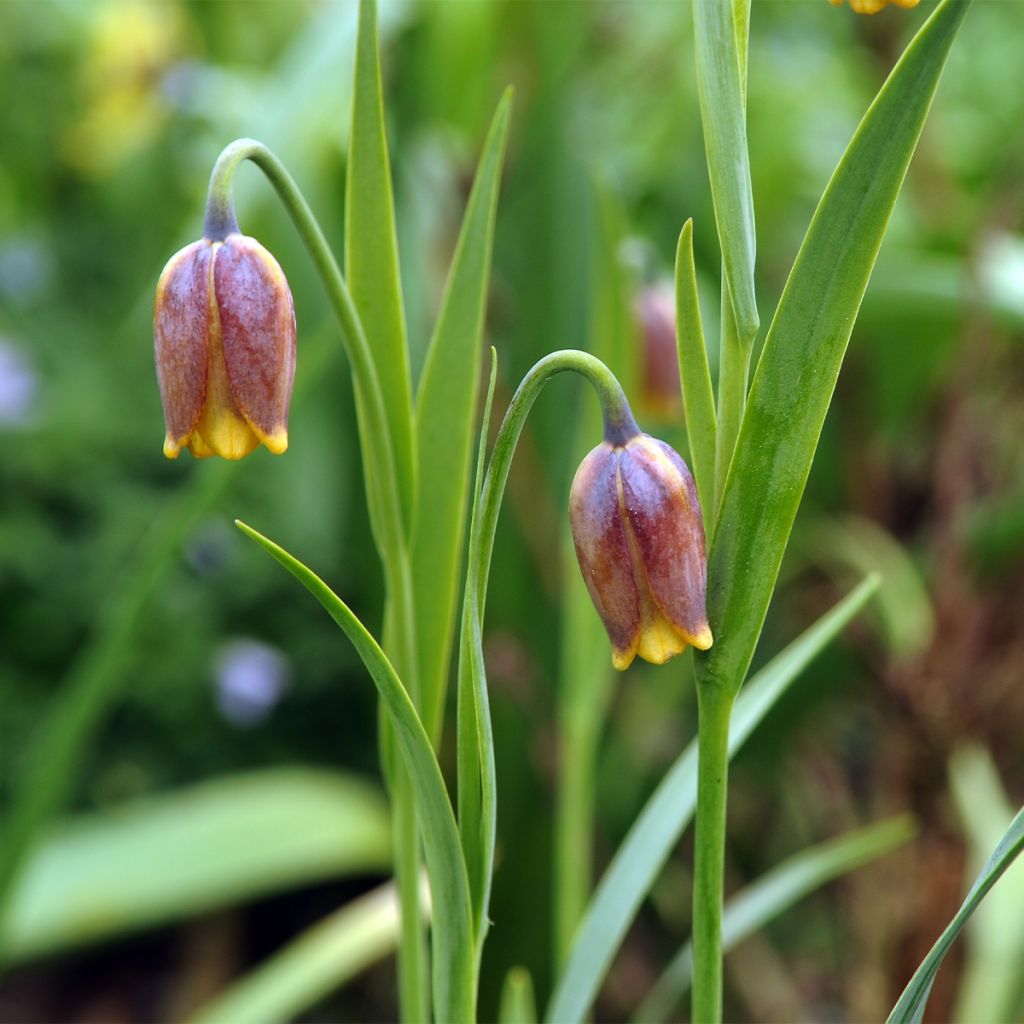

Fritillaire - Fritillaria reuteri
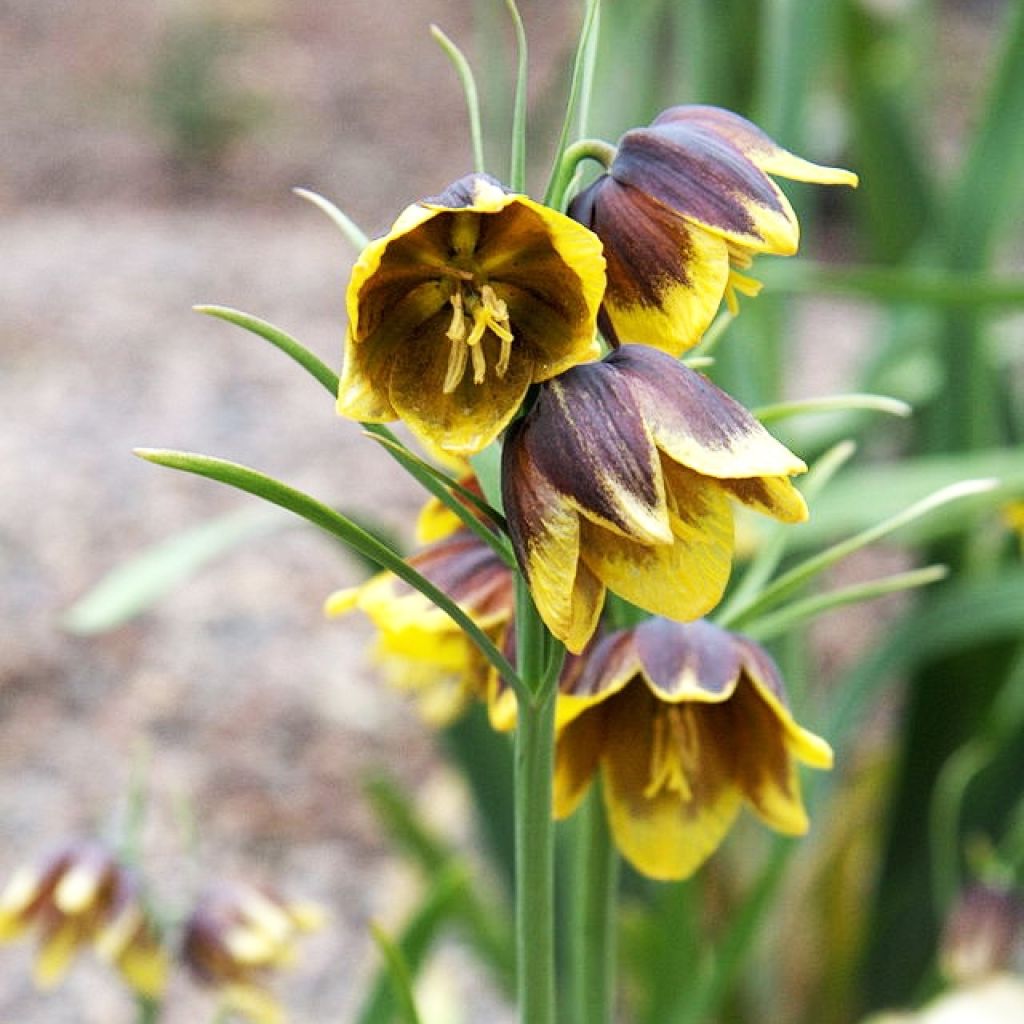

Fritillaire - Fritillaria reuteri
Fritillaria reuteri
Fritillaria reuteri
Iranian Fritillary
Despite the cool soil this year, the plant did not appear, I think it's a difficult flower to obtain.
Catherine, 16/06/2024
Special offer!
Receive a €20 voucher for any order over €90 (excluding delivery costs, credit notes, and plastic-free options)!
1- Add your favorite plants to your cart.
2- Once you have reached €90, confirm your order (you can even choose the delivery date!).
3- As soon as your order is shipped, you will receive an email containing your voucher code, valid for 3 months (90 days).
Your voucher is unique and can only be used once, for any order with a minimum value of €20, excluding delivery costs.
Can be combined with other current offers, non-divisible and non-refundable.
This plant carries a 6 months recovery warranty
More information
We guarantee the quality of our plants for a full growing cycle, and will replace at our expense any plant that fails to recover under normal climatic and planting conditions.
Would this plant suit my garden?
Set up your Plantfit profile →
Description
Fritillaria reuteri is a wild fritillary that somewhat resembles F. michailovskyi, but is more floriferous. This cold-resistant species from the Iranian mountains bears a flowering stem in spring adorned with astonishing bell-shaped and pendulous flowers, which are fully open and upturned. They are Bordeaux-red with a yellow border. The bulbs should be planted in well-drained soil that is moist in spring but dry in summer. It will bring an exotic touch to a rockery or gravel bed. You can also create unique pots for the patio using this fritillary.
Fritillaria reuteri belongs to the Liliaceae family. This botanical species is native to western Iran, specifically in a region located north and west of Isfahan, where it is found at altitudes between 2500 and 3000m (8202 and 9842ft). The natural habitat of the species consists of rocky meadows that are humid during flowering, but dry in summer. The plant reaches a height of 15 to 25cm (6 to 10in) when in bloom. It is a perennial herbaceous plant with a bulb that measures 2cm (1in) in diameter. The foliage consists of 3 to 8 bright green, linear-lanceolate leaves, plus 2 leaves at the base of each pedicel. Flowering takes place in April-May. Each floral stem bears 1 to 8 widely campanulate flowers, with brown-violet to reddish petals that are slightly upturned at their tips. The inside of the flower is yellow shaded with brown-red, and yellow stamens dominate the centre. The flowers emit a sweet and curious scent that may not be pleasing. The foliage dries up and disappears in summer, while the bulb enters a dormant state. At this time of year, the soil should be rather dry.
Fritillaria reuteri ideally thrives in sunny locations, in rich, light and very well-drained soil that is dry in summer. It is a highly decorative species that will look stunning in a rockery or a mountain garden. This bulbous plant does not tolerate competition. It naturally pairs well with other spring-flowering bulbs, such as tulips or botanical narcissus. It can also be paired with dwarf or intermediate bearded irises. Beautiful pots can also be created with its bulbs, allowing for close observation of the flowers and protection from excessive moisture in both winter and summer.
Plant habit
Flowering
Foliage
Botanical data
Fritillaria
reuteri
Liliaceae
Iranian Fritillary
Middle East
Planting and care
Fritillary reuteri should be planted in autumn at a depth of 8cm (3in) in light, porous soil that is very moist in spring but dry in summer. A mixture of garden soil, fine gravel, and compost is suitable. Choose a sunny location. This plant dislikes wet soil in summer and winter. Being a mountain plant, it does not appreciate scorching summers. After flowering, the leaves should be left to allow the bulb to regenerate. This fritillary can be grown in a pot with well-draining, nutrient-rich substrate that is kept slightly dry in winter and summer.
Planting period
Intended location
Care
Planting & care advice
-
, onOrder confirmed
Reply from on Promesse de fleurs
Haven't found what you were looking for?
Hardiness is the lowest winter temperature a plant can endure without suffering serious damage or even dying. However, hardiness is affected by location (a sheltered area, such as a patio), protection (winter cover) and soil type (hardiness is improved by well-drained soil).

Photo Sharing Terms & Conditions
In order to encourage gardeners to interact and share their experiences, Promesse de fleurs offers various media enabling content to be uploaded onto its Site - in particular via the ‘Photo sharing’ module.
The User agrees to refrain from:
- Posting any content that is illegal, prejudicial, insulting, racist, inciteful to hatred, revisionist, contrary to public decency, that infringes on privacy or on the privacy rights of third parties, in particular the publicity rights of persons and goods, intellectual property rights, or the right to privacy.
- Submitting content on behalf of a third party;
- Impersonate the identity of a third party and/or publish any personal information about a third party;
In general, the User undertakes to refrain from any unethical behaviour.
All Content (in particular text, comments, files, images, photos, videos, creative works, etc.), which may be subject to property or intellectual property rights, image or other private rights, shall remain the property of the User, subject to the limited rights granted by the terms of the licence granted by Promesse de fleurs as stated below. Users are at liberty to publish or not to publish such Content on the Site, notably via the ‘Photo Sharing’ facility, and accept that this Content shall be made public and freely accessible, notably on the Internet.
Users further acknowledge, undertake to have ,and guarantee that they hold all necessary rights and permissions to publish such material on the Site, in particular with regard to the legislation in force pertaining to any privacy, property, intellectual property, image, or contractual rights, or rights of any other nature. By publishing such Content on the Site, Users acknowledge accepting full liability as publishers of the Content within the meaning of the law, and grant Promesse de fleurs, free of charge, an inclusive, worldwide licence for the said Content for the entire duration of its publication, including all reproduction, representation, up/downloading, displaying, performing, transmission, and storage rights.
Users also grant permission for their name to be linked to the Content and accept that this link may not always be made available.
By engaging in posting material, Users consent to their Content becoming automatically accessible on the Internet, in particular on other sites and/or blogs and/or web pages of the Promesse de fleurs site, including in particular social pages and the Promesse de fleurs catalogue.
Users may secure the removal of entrusted content free of charge by issuing a simple request via our contact form.
The flowering period indicated on our website applies to countries and regions located in USDA zone 8 (France, the United Kingdom, Ireland, the Netherlands, etc.)
It will vary according to where you live:
- In zones 9 to 10 (Italy, Spain, Greece, etc.), flowering will occur about 2 to 4 weeks earlier.
- In zones 6 to 7 (Germany, Poland, Slovenia, and lower mountainous regions), flowering will be delayed by 2 to 3 weeks.
- In zone 5 (Central Europe, Scandinavia), blooming will be delayed by 3 to 5 weeks.
In temperate climates, pruning of spring-flowering shrubs (forsythia, spireas, etc.) should be done just after flowering.
Pruning of summer-flowering shrubs (Indian Lilac, Perovskia, etc.) can be done in winter or spring.
In cold regions as well as with frost-sensitive plants, avoid pruning too early when severe frosts may still occur.
The planting period indicated on our website applies to countries and regions located in USDA zone 8 (France, United Kingdom, Ireland, Netherlands).
It will vary according to where you live:
- In Mediterranean zones (Marseille, Madrid, Milan, etc.), autumn and winter are the best planting periods.
- In continental zones (Strasbourg, Munich, Vienna, etc.), delay planting by 2 to 3 weeks in spring and bring it forward by 2 to 4 weeks in autumn.
- In mountainous regions (the Alps, Pyrenees, Carpathians, etc.), it is best to plant in late spring (May-June) or late summer (August-September).
The harvesting period indicated on our website applies to countries and regions in USDA zone 8 (France, England, Ireland, the Netherlands).
In colder areas (Scandinavia, Poland, Austria...) fruit and vegetable harvests are likely to be delayed by 3-4 weeks.
In warmer areas (Italy, Spain, Greece, etc.), harvesting will probably take place earlier, depending on weather conditions.
The sowing periods indicated on our website apply to countries and regions within USDA Zone 8 (France, UK, Ireland, Netherlands).
In colder areas (Scandinavia, Poland, Austria...), delay any outdoor sowing by 3-4 weeks, or sow under glass.
In warmer climes (Italy, Spain, Greece, etc.), bring outdoor sowing forward by a few weeks.






























